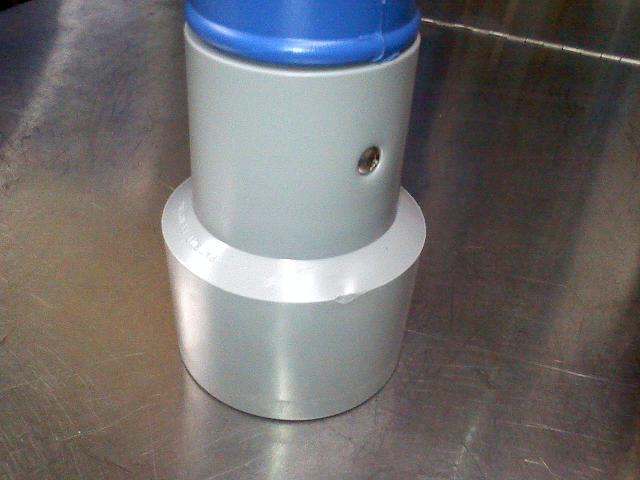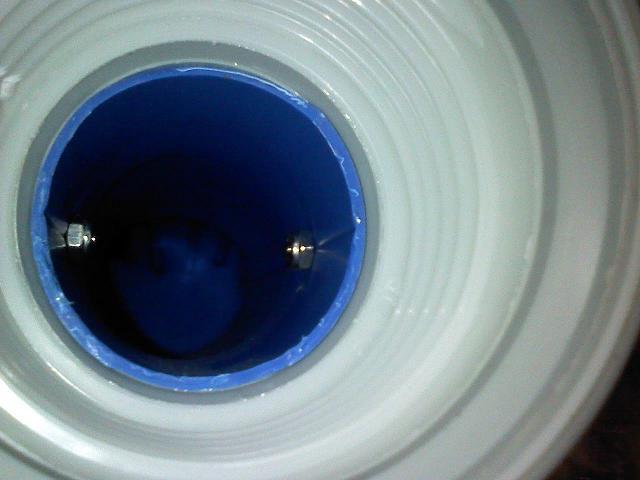Earl Weiss
Well-known member
Does any one use anti seize when replacing parts that they know will wear out in a couple of years like Takeup wheels?
Also if you use Loctite only use the blue unless the manufacturer of the equipment states different, the RED Loctite requires heat to remove.
I've used red Loctite on a chuck for an air machine after someone kept stealing the chuck. They never stole it again.
I've used red Loctite on a chuck for an air machine after someone kept stealing the chuck. They never stole it again.




